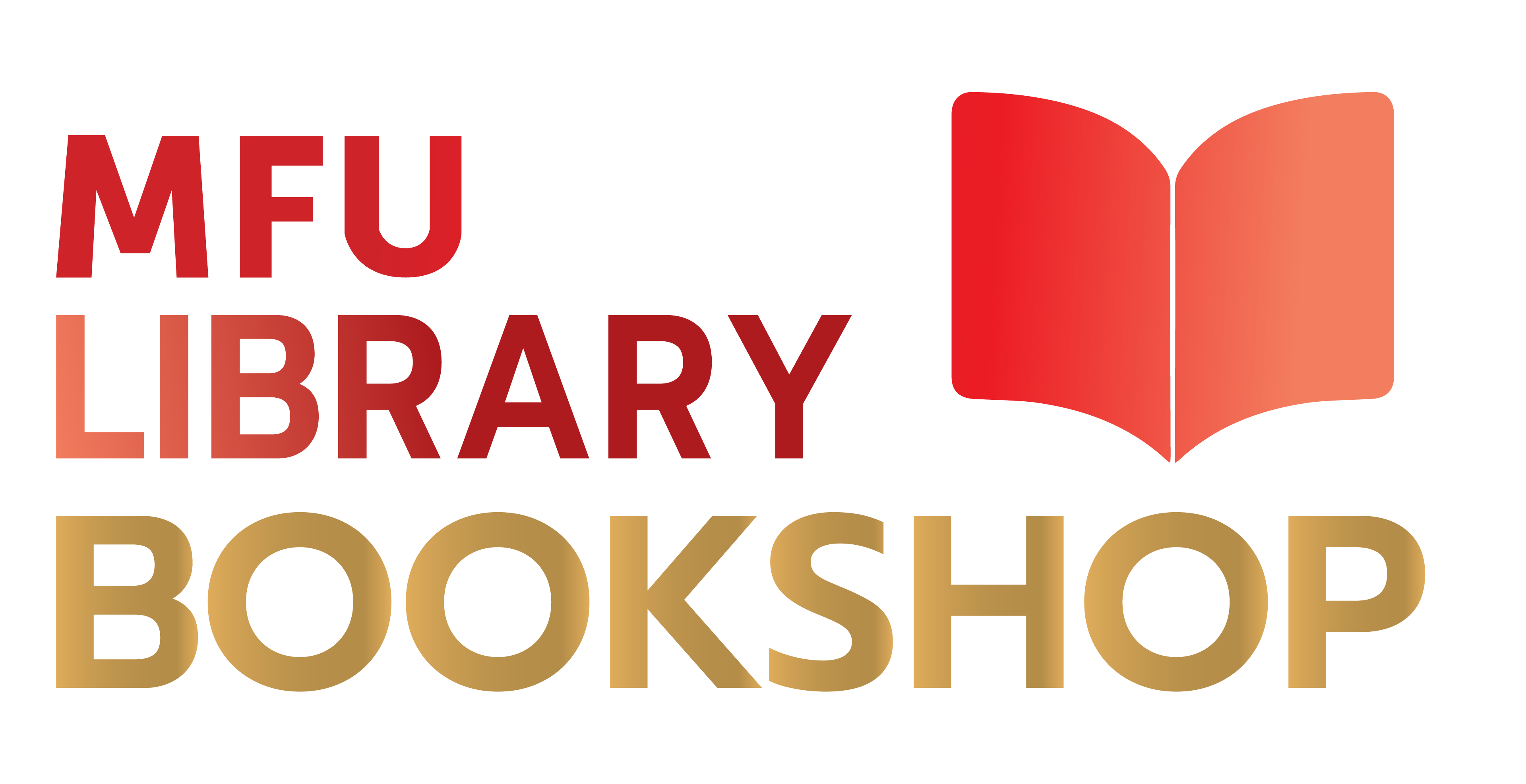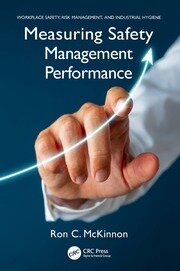
Book
Project Based Problem Solving and Decision Making : A Guide for Project Managers
ISBN : 9781394207831
Author : Harold Kerzner
Publisher : Wiley
Year : 2023
Language : English
Type : Book
Description : Table of Contents Preface xi About the Companion Website xiii 1 Understanding the Concepts 1 1.0 The Necessity for Problem-Solving and Decision-Making 1 1.1 Problems and Opportunities 2 1.2 Research Techniques in the Basic Decision-Making Process 3 1.3 Facts About Problem-Solving and Decision-Making 4 1.4 Who Makes the Decision? 4 1.5 Information Overload 5 1.6 Getting Access to the Right Information 5 1.7 The Lack of Information 6 Discussion Questions 6 References 7 2 Understanding the Project Environment and the Impact on Problem Solving 9 2.0 Understanding the Project Environment 9 2.1 Project Versus Business Problem-Solving and Decision-Making 11 2.2 Problem-Solving and Decision-Making in the Project Management Environment 11 2.3 The Impact of Constraints on Project Problem-Solving and Decision-Making 12 2.4 The Impact of Assumptions on Project Problem-Solving and Decision-Making 13 2.5 Understanding the Project Environment’s Complexities 14 2.6 Selecting the Right Project Manager 15 2.7 The Impact of the COVID-19 Pandemic on Project Management 15 2.8 Differences Between Program and Project Problem-Solving and Decision-Making 18 2.9 Problem-Solving in Matrix Management Organizational Structures 25 2.10 The Impact of Methodologies on Problem-Solving 29 2.11 The Need for Problem-Solving Procedural Documentation 35 Discussion Questions 40 References 41 3 Understanding the Problem 43 3.0 The Definition of a Problem 43 3.1 The Time Needed to Identify a Problem 43 3.2 Not All Problems Can Be Solved 45 3.3 The Complexities of the Problems 46 3.4 Techniques for Problem Identification 46 3.5 Individual Problem-Solving Conducted in Secret 47 3.6 Team Problem-Solving Conducted in Secret 47 3.7 Decisions That Can Convert Failures into Successes 48 Discussion Questions 53 References 54 4 Data Gathering 55 4.0 Understanding Data Gathering 55 4.1 Reasons for Data Gathering 56 4.2 Data-Gathering Techniques 56 4.3 Metrics and Early Warning Indicators 57 4.4 Questions to Ask 57 4.5 Establishing Structure for Data Gathering, Problem-Solving, and Decision-Making 58 4.6 Determining the Steps 58 Discussion Questions 59 5 Meetings 61 5.0 Problem Analysis Characteristics 61 5.1 Real Problems Versus Personality Problems 62 5.2 Determining Who Should Attend the Problem-Solving Meeting 63 5.3 Determining Who Should Attend the Decision-Making Meeting 63 5.4 Creating a Framework for the Meeting 64 5.5 Setting Limits on Problem-Solving and Decision-Making 64 5.6 Identifying Boundary Conditions 65 5.7 Understanding How People React in Meetings 65 5.8 Working with Participants During the Meetings 66 5.9 Leadership Techniques During Meetings 67 5.10 Handling Problem-Solving and Decision-Making Conflicts 67 5.11 Continuous Solutions Versus Enhancement Project Solutions 68 5.12 Problem-Solving Versus Scope Creep 68 5.13 Problem-Solving and Decision-Making During Crisis Projects 69 5.14 Presenting Your Decision to the Customer 70 Discussion Questions 71 Reference 71 6 Developing Alternatives 73 6.0 Finding Alternatives 73 6.1 Variables to Consider During Alternative Analyses 74 6.2 Understanding the Features That Are Part of the Alternatives 74 6.3 Developing Hybrid Alternatives 75 6.4 Phantom Alternatives 75 6.5 Tradeoffs 76 6.6 Common Mistakes When Developing Alternatives 76 6.7 Decision-Making for Managing Scope Changes on Projects 77 Discussion Questions 80 Reference 80 7 Problem-Solving Creativity and Innovation 81 7.0 The Need for Problem-Solving Creativity 81 7.1 Creativity and Creative Thinking 81 7.2 Creativity and Innovation Thinking 82 7.3 Creativity, Innovation, and Value 82 7.4 Negative Innovation 83 7.5 Types of Innovation 83 7.6 Problem-Solving and Decision-Making Attributes That Are Difficult to Learn 84 7.7 Creativity Roadblocks 84 Discussion Questions 85 8 Problem-Solving Tools and Techniques 87 8.0 Root Cause Analysis 87 8.1 General Principles of Root Cause Analysis 88 8.2 Corrective Actions Using Root Cause Analysis 88 8.3 Root Cause Analysis Techniques 89 8.4 Brainstorming 90 8.5 Rules for Brainstorming 90 8.6 Critical Steps in Brainstorming 91 8.7 Conducting the Brainstorming Session: The Process 92 8.8 Conducting the Brainstorming Session: Evaluation 92 8.9 Brainstorming Sessions: Nominal Group Technique 93 8.10 Brainstorming Sessions: Group Passing Technique 93 8.11 Brainstorming Sessions: Team Idea Mapping Method 94 8.12 Brainstorming Sessions: Electronic Brainstorming 94 8.13 Brainstorming Sessions: Directed Brainstorming 95 8.14 Brainstorming Sessions: Individual Brainstorming 96 8.15 Question Brainstorming 96 8.16 Reasons for Brainstorming Failure 96 8.17 Virtual Brainstorming Sessions 98 Discussion Questions 100 9 Decision-Making Concepts 101 9.0 Decision-Making Alternatives 101 9.1 Decision-Making Characteristics 102 9.2 Decision-Making Participation 102 9.3 Understanding How Decisions Are Made 103 9.4 Cultures and Problem Solving 103 9.5 Routine Decision-Making 104 9.6 Adaptive Decision-Making 104 9.7 Innovative Decision-Making 105 9.8 Pressured Decision-Making 105 9.9 Judgmental Decision-Making 106 9.10 Rational Decision-Making 106 9.11 Certainty/Uncertainty Decision-Making 107 9.12 Controllable/Noncontrollable Decision-Making 107 9.13 Programmed/Nonprogrammed Decision-Making 108 9.14 Decision-Making Meetings 110 9.15 Decision-Making Stages 110 9.16 Decision-Making Steps 111 9.17 Conflicts in Decision-Making 112 9.18 Advantages of Group Decision-Making 113 9.19 Disadvantages of Group Decision-Making 113 9.20 Rational Versus Intuitive Thinking 114 9.21 Divergent Versus Convergent Thinking 114 9.22 The Fear of Decision-Making: Mental Roadblocks 115 9.23 Decision-Making Personal Biases 116 9.24 The Danger of Hasty Decisions 116 9.25 Decision-Making Styles 117 9.26 The Autocratic Decision-Maker 117 9.27 The Fearful Decision-Maker 118 9.28 The Circular Decision-Maker 119 9.29 The Democratic Decision-Maker 119 9.30 The Self-Serving Decision-Maker 120 9.31 Delegation of a Decision-Making Authority 120 9.32 Choice Elements of Decision-Making 121 9.33 Decision-Making Challenges 122 9.34 Examples of Decision-Making Challenges 123 Discussion Questions 126 References 127 10 Decision-Making Tools 129 10.0 Decision-Making Tools in Everyday Life 129 10.1 Use of Operations Research and Management Science Models 129 10.2 SWOT Analysis 130 10.3 Pareto Analysis 130 10.4 Multiple Criteria Decision Analysis 131 10.5 Paired Comparison Analysis 132 10.6 Decision Trees 132 10.7 Influence Diagrams 133 10.8 Affinity Diagrams 133 10.9 Game Theory 134 10.10 Cost-Benefit Analysis 134 10.11 Nominal Work Groups 135 10.12 Delphi Technique 136 10.13 Other Decision-Making Tools 136 10.14 Artificial Intelligence 137 10.15 Risk Management 140 Discussion Questions 142 References 142 11 Predicting the Impact 143 11.0 Evaluating the Impact of a Decision 143 11.1 Creating a Consequence Table 143 11.2 Performing Impact Analysis 144 11.3 The Time to Implement a Solution 145 11.4 The Definitions for Project Success and Failure Are Changing 145 11.5 Project Decision-Making and Politics 149 Discussion Questions 150 12 The Need for Effective or Active Listening Skills 151 12.0 Active Listening 151 12.1 Active Listening Body Language and Communications 151 12.2 Active Listening Barriers Created by the Speaker 152 12.3 Active Listening Barriers Created by the Listener 152 12.4 Overcoming Active Listening Barriers 153 12.5 Techniques for Effective Listening 153 Discussion Questions 154 13 Barriers 155 13.0 The Growth of Barriers 155 13.1 Lack of Concern for the Workers Barriers 157 13.2 Legal Barriers 160 13.3 Project Sponsorship Barriers 163 13.4 Cost of Implementation Barriers 165 13.5 Culture Barriers 166 13.6 Project Management Office (PMO) Barrier 168 13.7 Conclusion 169 Discussion Questions 169 References 170 Appendix: Using the PMBOK® Guide 173 Decision-Making and the PMBOK® Guide 173 Problem-Solving and the PMBOK® Guide 173 PMBOK® Guide: Integration Management 174 PMBOK® Guide: Scope Management 174 PMBOK® Guide: Time Management 175 PMBOK® Guide: Cost Management 175 PMBOK® Guide: Quality Management 176 PMBOK® Guide: Human Resource Management 176 PMBOK® Guide: Communications Management 177 PMBOK® Guide: Risk Management 177 PMBOK® Guide: Procurement Management 178 PMBOK® Guide: Stakeholder Management 178 Further Reading 181 Index 183








